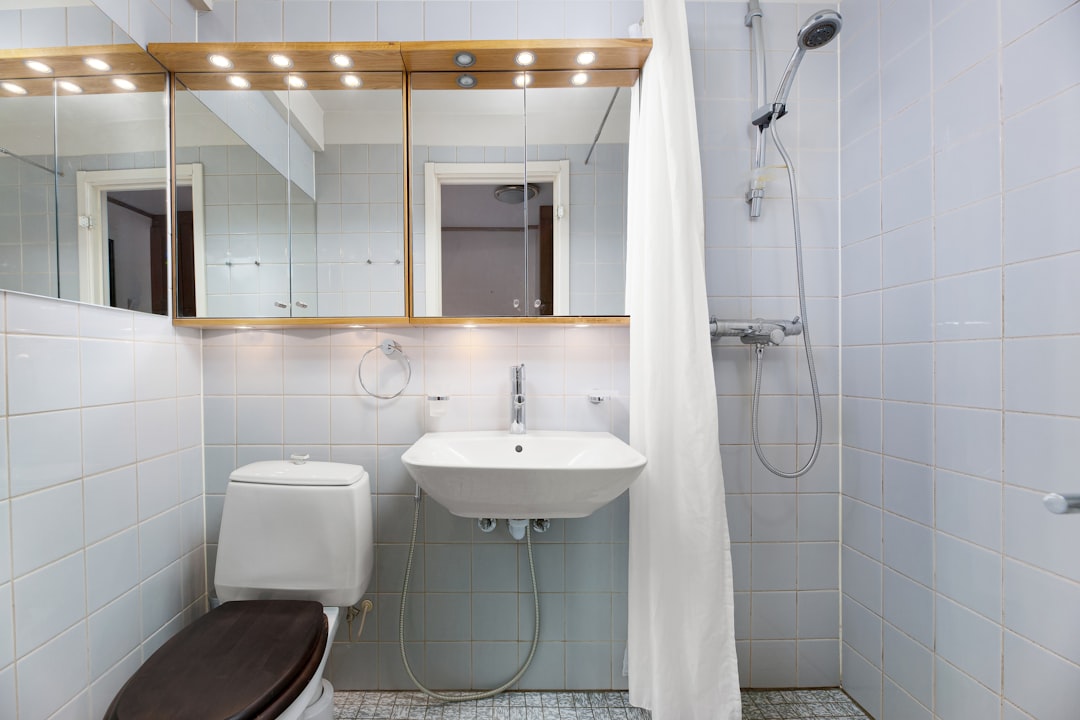
Understanding the cost to install a toilet is crucial for both contractors and professional tradespeople. Current estimates suggest $375 to $2,800+ for standard installations, while relocations add $900 to $2,000 based on complexity. These figures are informed by regional data reflecting typical crew labor rates and local materials.
| Type | Cost Range |
|---|---|
| Basic Replacement | $375 - $525 |
| Comfort-Height | $550 - $800 |
| Luxury Smart Toilet | $1,200 - $2,800+ |
| Relocation/New Rough-In | +$900 - $2,000 |
Accurate cost estimation encompasses:
Implement AI-driven tools for precise cost estimations, such as voice-guided scope captures and real-time material pricing updates.
While DIY can save labor costs ($150–$250), professional installation ensures compliance and reduces errors, safeguarding warranties and efficiency.

Beyond the obvious expenses, unforeseen complications such as subfloor damage or lead pipe replacements can spike project costs. Leveraging accurate cost estimation tools minimizes surprises and maintains budget integrity.
If water damage is discovered, our AI systems quickly recalculate repair costs, presenting options promptly to maintain workflow.
Old plumbing materials may necessitate upgrades, identified in advance through smart diagnostics.
Explore flange adjustment options when dimensions do not align with modern fixture specifications.
Account for unexpected changes by maintaining a contingency fund, ensuring any cost adjustments are manageable.
Prepare your project wishlist and use advanced tools for real-time, itemized quotes and streamlined project execution.